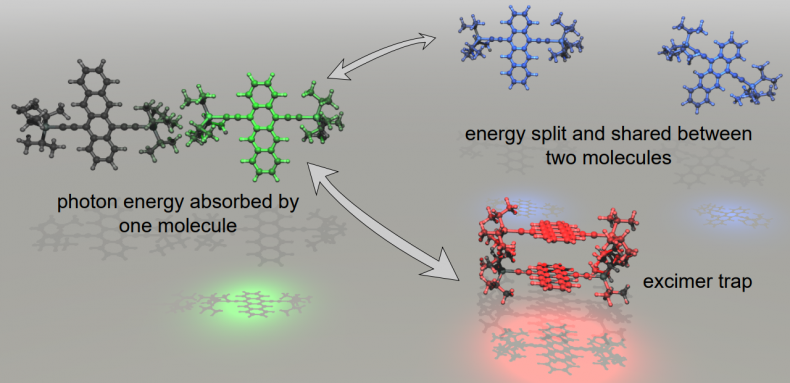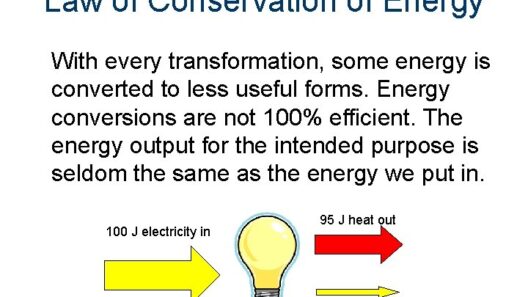When we gaze upon the Sun, a magnificent ball of incandescent gas, it prompts a question as playful as it is profound: Are matter and energy conserved within this celestial powerhouse? To unravel the mysteries of solar physics, we must delve into the fundamental laws of nature that govern these entities. The conservation laws of matter and energy play a pivotal role in our understanding of the Sun’s behavior, illuminating pathways towards clean energy and sustainability.
At the heart of solar physics is the principle of conservation of mass-energy, famously encapsulated by Einstein’s equation, E=mc². This asserts that energy and mass are interchangeable; they are not independent entities. In the context of the Sun, it prompts us to consider the intricate processes that facilitate its dazzling radiance. Does the Sun lose mass as it emits energy? The answer is a resounding yes. In fact, it loses an estimated 4.1 million metric tons of mass every second through the process of nuclear fusion. This will raise an eyebrow: if mass is lost, does it mean it isn’t conserved? The term conservation here is nuanced, as it refers to the total mass-energy remaining constant in a closed system.
The Sun is primarily composed of hydrogen and helium, undergoing fusion in its incredibly hot core, reaching temperatures exceeding 15 million degrees Celsius. During fusion, hydrogen nuclei collide and fuse to form helium, releasing tremendous amounts of energy in this transformational process. Each time a hydrogen nucleus fuses, a tiny fraction of mass is converted into energy. While it may seem like mass is lost, the total energy output remains in accordance with the conservation laws—energy is merely transformed from one state to another. This process not only fuels the Sun but also serves as a beacon of sustainable energy potential for life on Earth.
One must wonder: how does the Sun maintain its balance over billions of years? To achieve this equilibrium, the inward gravitational force, stemming from its enormous mass, counteracts the outward pressure created by nuclear fusion. This dynamic equilibrium is critical for its longevity. Should either force significantly overpower the other, the Sun would either collapse under its gravity or explode in an uncontrollable manner. Thus, the Sun epitomizes a delicate dance of conservation principles in action.
Moreover, the conservation of energy doesn’t solely apply to transformations within the Sun. The energy emitted by our star traverses vast distances through space, eventually finding its way to Earth. Photons generated in the core take approximately a million years to reach the surface due to the constant absorption and re-emission by particles in the dense solar interior. Once they escape, these photons travel through the vacuum of space and reach Earth in a mere 8 minutes—delivering the energy essential for sustaining life and driving weather patterns. Herein lies a fascinating realm of energy conservation: the Sun’s energy is not destroyed; it is simply transmitted across the cosmos, perpetuating life and related ecological systems.
As we consider energy conservation, we must also address the implications of harnessing solar power for sustainable living on Earth. Not only are we tapping into an inexhaustible energy source, but solar technologies are advancing at an unprecedented pace. The evolution of photovoltaic cells demonstrates a growing understanding of how to capture and utilize solar energy efficiently. Furthermore, recent innovations, such as those mentioned in studies of solar panel technology, aim to enhance energy capture and conversion efficiencies, striving to mimic and harness the very processes occurring in the Sun.
Nevertheless, challenges remain formidable. The conversion process is not entirely efficient; currently, commercial solar panels have an efficiency rate of about 15-20%. This leads to the question: what potential breakthroughs could revolutionize energy conservation? Backward physics experiments, which explore unconventional design approaches, could yield novel insights. Such explorations into energy capture mechanisms challenge existing paradigms, broadening our understanding of how solar energy can be captured and conserved more effectively.
Additionally, we confront societal dynamics tied to energy consumption. While our understanding of solar energy has advanced, it faces challenges such as infrastructure limitations and the need for public acceptance of emerging technologies. Education and advocacy play crucial roles in transitioning towards solar power and reducing reliance on fossil fuels. Individuals and communities, motivated by sustainability, can foster discourse and action to champion solar solutions that mitigate environmental footprints.
To encapsulate, the Sun serves as an exquisite natural laboratory where the laws of conservation of mass and energy are on grand display. Through its processes of nuclear fusion, it exemplifies the intricate interplay between mass and energy, triggering question upon question about the universe’s fundamental mechanics. As we harness the Sun’s steadfast energy, recognizing its conservation dynamics not only enlightens us about our solar system but can also propel society towards innovative renewable energy solutions.
Thus, the challenge remains not simply in understanding whether matter and energy are conserved in the Sun, but how we can emulate its processes to facilitate a more sustainable future. Studying solar physics extends beyond mere scientific inquiry; it presents an opportunity to engage in a broader dialogue about our planet’s energy future. The Sun, in its brilliance, invites us to reflect upon our usage of energy and to consider the auspicious potential laid before us, ensuring that we embrace advancements that honor both our present and our environment for generations to come.








